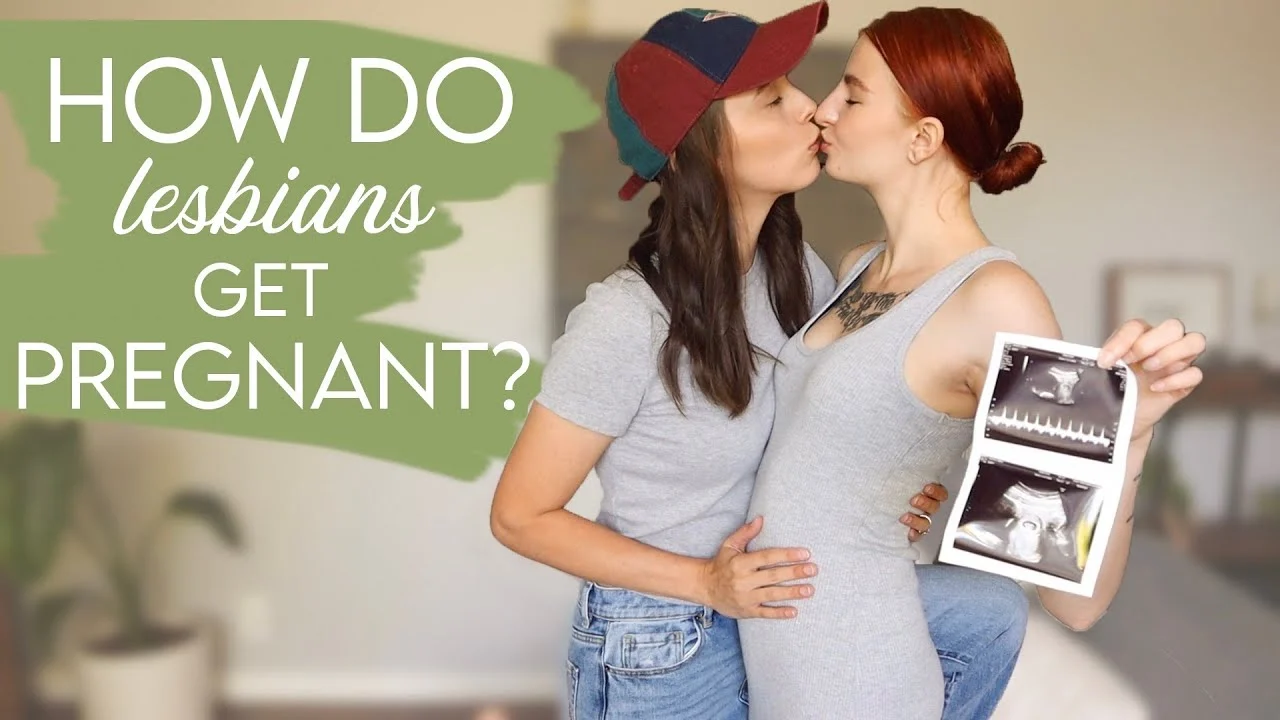Your cart is currently empty!
Introducing the 3D Printed Fetus: Because Ultrasound Images Aren’t Strange Enough
A leading parenting website in the UK has forecasted that 3D printed fetuses will be among the hottest trends of 2016. For the last decade, expectant parents have been enamored with 3D and 4D ultrasounds. However, Channel Mum, the UK’s top video-based parenting platform, predicts that this year, we’ll see the emergence of something even more unusual: the 3D printed fetus.
These little creations, basically dolls or casts that replicate your ultrasound images, are being touted as this year’s quirky keepsake. Available in various sizes and skin tones, these printed reproductions allow parents to visualize their unborn child in an entirely new way. You can even opt for a version that shows off its genitalia — because who wouldn’t want that?
With several online retailers specializing in these products, you provide your ultrasound images, choose a skin tone, and voilà! You’ve got yourself a tiny representation of your little one. Just imagine displaying it in your living room, giving your space that unique “doctor’s office” vibe you’ve always wanted.
The prices for these prints aren’t cheap: small face casts can run around $300, while full-sized dolls range from $250 to $550, depending on the size. Sure, that’s on par with a high-end car seat or stroller, but who wouldn’t prefer a plastic model of their fetus over practical baby gear?
While the technology for creating these peculiar keepsakes has been around for a few years, they haven’t quite caught on. The dolls first gained attention in 2013 when an entrepreneur launched an Indiegogo campaign for a company named 3D Babies, and it seems that 2016 may finally be their moment in the spotlight.
But why are 3D printed fetuses expected to trend? The term “trend” suggests a widespread appeal, yet it’s hard to imagine that many people would willingly spend hundreds of dollars for what essentially looks like a bizarre rendition of their unborn child. It’s not exactly a charming model of your future baby; more like a quirky, misshapen figure that draws a few raised eyebrows at parties.
As much as we appreciate technological advancements, sometimes it feels like we take things a bit too far. Sure, pregnancy is a thrilling journey, and your fetus is undoubtedly special, but do we really need a tangible monument to our little one that we can pass around like a party favor?
For those interested in the journey of pregnancy and home insemination, check out this excellent resource on pregnancy. And if you’re curious about the journey to parenthood, consider reading this insightful post on our other blog, Home Insemination Kit.
In summary, while the idea of a 3D printed fetus is certainly intriguing and might be a fun novelty for some, it raises questions about the boundaries of parenting trends and what we choose to celebrate.
